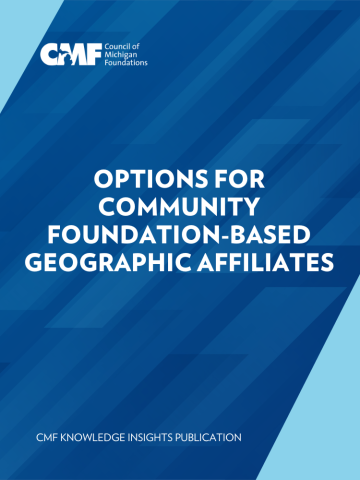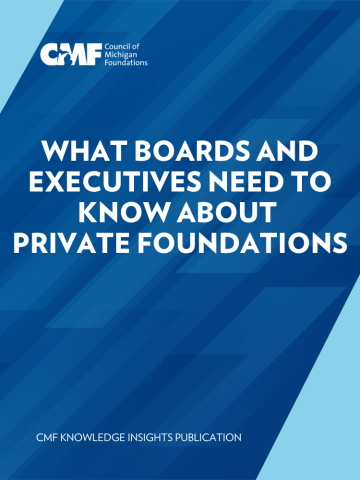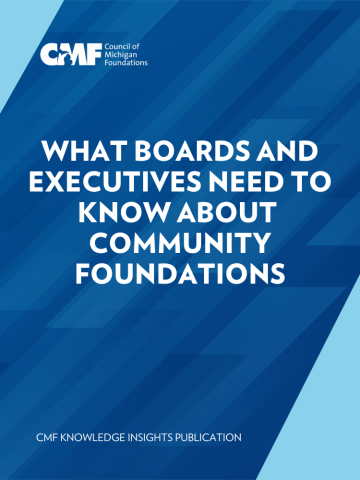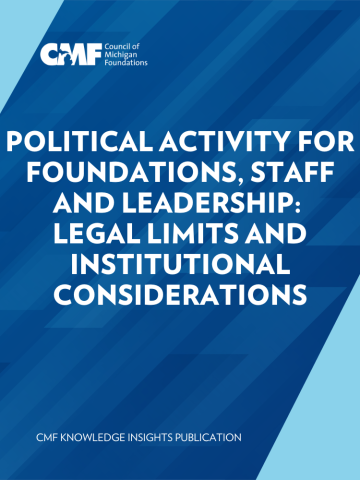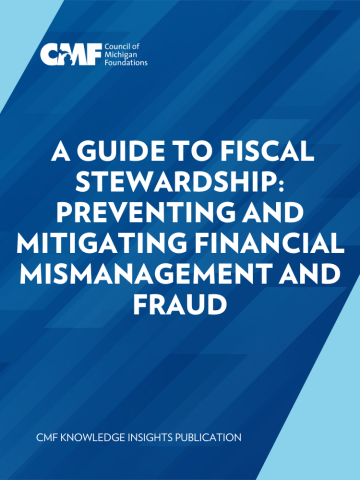Exploring Michigan's Urban/Rural Divide
Recent elections and the level of polarization that seem to prevail today suggest that Michigan residents see themselves living different lives based on their urban or rural geography. The statistics compiled for this report illustrate the many ways in which Michigan’s urban and rural areas are alike and different.
Amid a polarizing political climate, this report aims to provide a deeper understanding of what’s happening in our rural and urban areas, particularly how issues and topics affect the perspectives of Michiganders when it comes to immigration, housing, education, health care, and more. The report examines data to highlight how our perspectives may be shaped by our environment and how we should work together for a greater understanding of all communities to build a prosperous Michigan for all.

